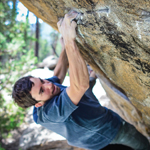Stone Family Women: A Continuum
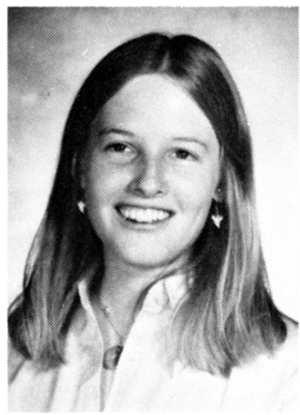
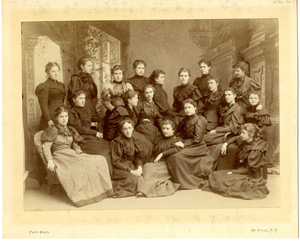
When Sarah Stone Maynard ’79 P’11 learned that her niece, Hannah Stone ’15, would join the Wesleyan family, she realized that this gave the Stone family an unusual legacy: three generations of women who attended Wesleyan as undergraduates, hailing back to its first era of coeducation (graduating classes from 1876–1912).
In conversations with her father, Chip Stone ’49 (the son of Charles Stone ’23), Sarah learned about her forbearer, Cornelia Haddon Stone of the Wesleyan Class of 1897. “She always had a twinkle in her eye,” he recalled, fondly. A quick sketch of campus lives for these legacy women reveals points of contrast and comparison. [Note: The editors invite others to share with them similar stories of female legacies, as well.]
Cornelia, a pioneer in higher education for women, grew up in Middletown, the third child and only daughter in a family of four children. She was the first to attend Wesleyan; younger brother H. Russell Stone followed two years later, in the class of 1899.
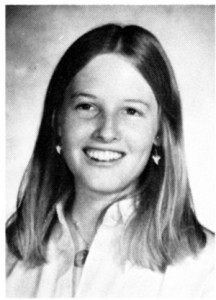
Wesleyan men of that era were not welcoming to women. Cornelia was one of only 20 women in a class of 61 men. Called “quails”— a derogatory term—the women lived in a small dormitory located at the corner of William and High streets, nicknamed “The Quail Roost,” by male classmates. In some years, the men refused to include the women’s portraits in the yearbook. Happily, a photograph of Cornelia’s group of “quails” survives and Chip ’49 was able to identify his great aunt (far right, middle row, looking straight at the camera).
Cornelia taught for several years at Columbia, offering courses in health and food. After World War I, she moved to Clinton, Conn., to live with her younger brother, Russell, a physician, and devoted her life to keeping house and office for him.
Sarah Stone Maynard ’79 joined the Wesleyan campus in the fall of 1975, when a full two classes of women had already graduated in this new era of coeducation.
In this newly post-Title IX era, women’s athletic teams were just forming. Maynard recalls that she joined the first women’s hockey team and played forward. “The women who already knew how to skate backward played defense,” she explains, adding, “The men were very supportive and volunteered encouragement and advice.” When the men’s team received new uniforms, the women’s ice hockey team were issued the old ones. Cast-offs didn’t dim the joy of these pioneers: “It was absolutely the best team experience I ever had on any team at any school,” recalls Maynard.
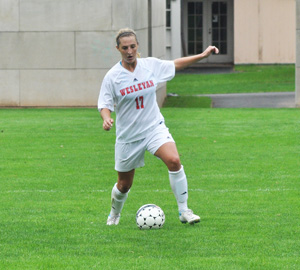
Now Hannah ’15 lives in High Rise, surrounded by her teammates in soccer, the game she has already played for 15 years. She chose Wesleyan, in part, for her sport.
A neuroscience and psychology double-major, Hannah always wanted to pursue science and took the intro course with Associate Professor of Psychology Matthew Kurtz. “It’s a relatively new field, with lots of research being done; learning about the brain is awesome,” says the current Stone pioneer.
For relaxing time, though, nothing beats Foss Hill on a beautiful day. “It’s great to watch all kinds of people doing their own thing on the hill, talking with friends and playing Frisbee,” she says. Her aunt, Sarah, concurs. “We’re not a continuous line,” Sarah muses, “but we illustrate a continuum over time.”

